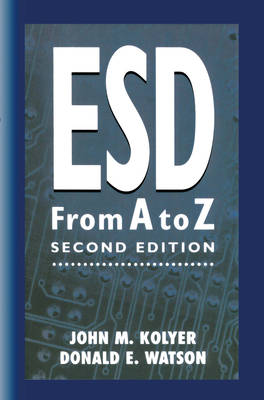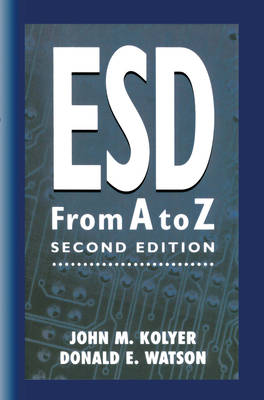
- Afhalen na 1 uur in een winkel met voorraad
- Gratis thuislevering in België vanaf € 30
- Ruim aanbod met 7 miljoen producten
- Afhalen na 1 uur in een winkel met voorraad
- Gratis thuislevering in België vanaf € 30
- Ruim aanbod met 7 miljoen producten
Zoeken
€ 335,95
+ 671 punten
Uitvoering
Omschrijving
Thirty years ago, our attention was drawn to the alphabetical incom- itances in strabismus. As an elevation in adduction is the most frequent incomitance, we decided to start treating these incomitances. A weak- ening procedure of the inferior oblique muscle seemed indicated. How- ever, since we wanted to prevent a torsional overcorrection with a head tilt, we displaced the scleral insertion of the oblique muscle towards the equator of the globe. This way, the torsional action of the muscles is saved. A weakening of the horizontal rectus muscles was systematically added, making it a simultaneous horizontal and cyclovertical surgery. Our way to deal with strabismus developed into a coherent entity and the interest of colleagues encouraged us to write it down.We decided to publish a textbook with a theoretical and an extensive practical part. Our approach is based on thirty years of exclusive strabological work, half-time academic and half-time private practice. More than 6500 re- sults were analysed and the majority have been published. The con- cerned publications are referred to at the end of the first chapter. Private practice allowed to benefit from the fact that patients were operated on by the same surgeon and remained in personal contact during follow-up.
Specificaties
Betrokkenen
- Auteur(s):
- Uitgeverij:
Inhoud
- Aantal bladzijden:
- 203
- Taal:
- Engels
- Reeks:
- Reeksnummer:
- nr. 15
Eigenschappen
- Productcode (EAN):
- 9789401043205
- Verschijningsdatum:
- 5/11/2012
- Uitvoering:
- Paperback
- Formaat:
- Trade paperback (VS)
- Afmetingen:
- 195 mm x 260 mm
- Gewicht:
- 466 g

Alleen bij Standaard Boekhandel
+ 671 punten op je klantenkaart van Standaard Boekhandel
Beoordelingen
We publiceren alleen reviews die voldoen aan de voorwaarden voor reviews. Bekijk onze voorwaarden voor reviews.








